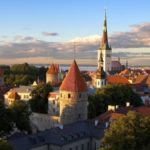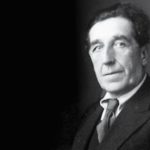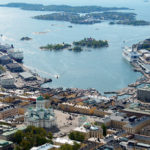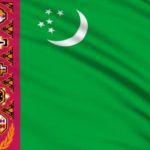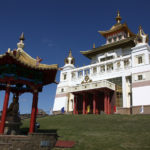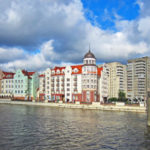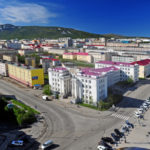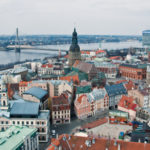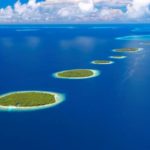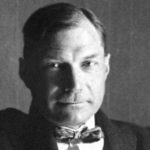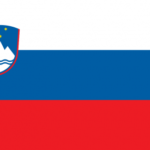Interesting facts about Estonia
 Estonia is a Baltic state, once part of the Soviet Union. Since the collapse of the Soviet Union, Russia and Estonia have separated, having gone in different ways, but there is still some kind of commonality between the two states. Currently, Estonia is very popular with Russian businessmen due to its fairly loyal tax legislation.
Estonia is a Baltic state, once part of the Soviet Union. Since the collapse of the Soviet Union, Russia and Estonia have separated, having gone in different ways, but there is still some kind of commonality between the two states. Currently, Estonia is very popular with Russian businessmen due to its fairly loyal tax legislation.
Estonia is surrounded on three sides by the sea. In this case, about one fifth of the entire Estonian territory is occupied by swamps.
Estonia, in addition to the mainland, includes many islands in the Baltic Sea.
The exact name of the capital of Estonia, the city of Tallinn, is not known even to its native inhabitants. The most common options are “Danish city”, “Winter city” or “City-estate”. But there is no single exact version, just as there is no definitive decision in writing the name of the city in Russian, with one or two “n”.
The originality of the Estonian language is striking, in which many words begin with the letter “s”. No less surprising is the presence of 14 cases and the absence of a future time if there are 3 variants of the past.
Estonians distinctively celebrate significant dates, celebrating Victory Day on June 23 and calling Valentine’s Day the Day of Friends. Women-mothers congratulate in May, but do not change the habit of giving an armful of flowers to beautiful ladies on March 8.
The Church of St. Olaf, erected in the old city of Tallinn, in the 16th century was the highest of the world’s famous buildings. Its height was 159 meters, today there are 123.7 meters left and, according to the decree of the city government, neighboring buildings should not exceed the old church. And the whole Old Town of Tallinn is listed in the list of cultural values of UNESCO.
Estonia is famous for the ghost of the White Lady, which can be seen once a year. The lady is a kind help, helping the lovers to connect.
Every year, 1.5 million tourists visit Estonia, which exceeds the number of residents of this country. A small Estonian population continues to decline, immigrating to Western Europe, and a small increase occurs mainly at the expense of newcomers to the Russians.
There are only 84 men per 100 women in Estonia.
Estonia is a unique country in which the number of mobile subscribers exceeds the total population. GSM-network here covers 99.9% of the territory.
Kiiking is a name of a unique kind of sports, widespread only in Estonia. It is a ride on a special swing “sun” swings. Similar swings can be found in parks and playgrounds.
The city authorities of Tallinn decided to experiment and made all municipal transport free of charge. This bold move attracted more people who wanted to move to the capital, which subsequently contributed to the prosperity of the city.
Estonia ranks eighth in the world in terms of the number of medals won at the Olympic Games.
On August 23, 1989, about a quarter of all residents of Estonia, Lithuania and Latvia, holding hands, formed a chain 600 km long, connecting the capital cities of Talin, Vilnius and Riga. The flash mob of the peaceful protest “The Baltic Way” expressed the Baltic countries’ desire for independence and was timed to coincide with the 50th anniversary of the signing of the Molotov-Ribbentrop Pact, on the basis of which the Baltic states were annexed to the USSR.
